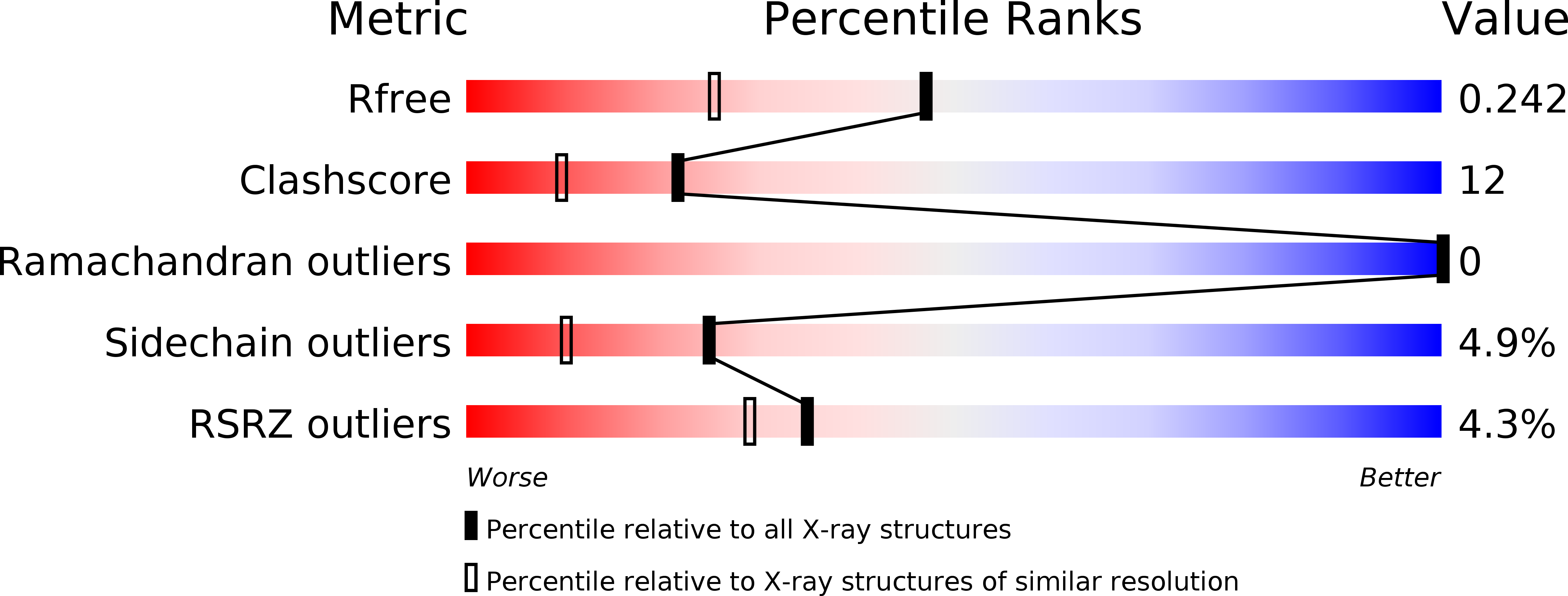
Deposition Date
2008-04-22
Release Date
2008-07-29
Last Version Date
2024-11-20
Method Details:
Experimental Method:
Resolution:
1.82 Å
R-Value Free:
0.24
R-Value Work:
0.20
R-Value Observed:
0.21
Space Group:
P 31 2 1


